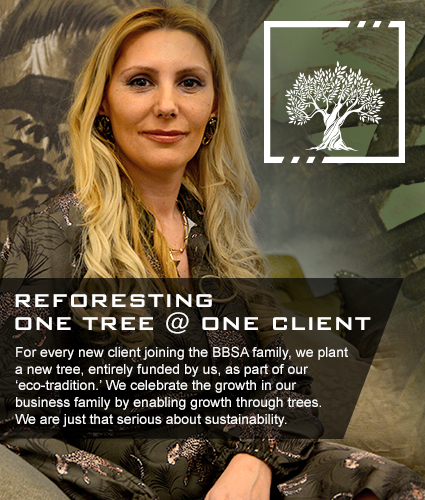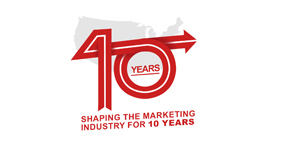

REFORESTING ONE TREE AT ONE CLIENT
For each new client that finds a home with BBSA, we will plant a brand new tree, personalized with their name.
It’s very simple… one tree @ one client. There is no ‘cap’ on how many trees we are willing to plant, so join our marketing family and take a contributing step towards a greener tomorrow.
With one tree able to absorb 1,5 tonnes of carbon in its lifetime, our commitment to turning our world green and leaving a better legacy is reiterated.
Start your journey with BBSA and enable us to plant 10,000 trees by 2030.
The impact of trees
Trees oppose climate change and assist with cleaning the tonnes of carbon dioxide in our air. They perform an action called ‘sequestering carbon,’ which just means trees ‘scrub’ our air and remove all the harmful components from the earth. They do this by absorbing the Co2 and storing the carbon. Trees also produce oxygen, allowing us to enjoy the fresh air. Thank you, trees!
In our fight against global warming, trees also play an essential role in cooling our earth. While they provide bountiful shade, their leaves make water vapor available, which cools the planet even more.
What made us choose trees?
Planting a tree has a far more significant influence than just carbon sequestration. Trees are homes to a myriad of wildlife and bird species. We grow the fauna surrounding the trees and contribute to the entire ecosystem by growing trees.
But our reforestation commitment reaches far beyond the environment as we onboard local communities to help with the task. Our investment is twofold; not only do we employ the local community, but we also cultivate a desire in the community to become more environmentally active.
Although there is more than one way to offset carbon, there are none as pleasing to the eye and satisfying to the soul as planting a tree. Our reforestation ‘eco-tradition’ is a legacy that will leave a better environmental footprint that will outlast us and will be paid forward to the next generation.
BBSA 3 Tier Approach
Our experience has taught us a thing or two about collaboration with tree-planting partnerships, compliance with governmental legislation, and community participation. We have a 3-tiered plan to ensure we tick all the right boxes in our drive to a greener earth.
Community Participation and Support
The success of our reforestation projects lies in the local community’s involvement, not only in the planting of the trees but also in maintaining the tree sites, ensuring their growth. Communities participate in our plant sites and provide:
– Protection from the elements, such as fire and hail
– Protection from tree poachers, who plunder the sites for their gain
– Care and maintenance by keeping our sites disease-free and growing optimally
– A watchful eye over our investment seeded into the future
– Without our local community support, our eco-tradition would die before being born, and we acknowledge their contributions.
Municipal and governmental support
The continued growth of our planting sites and the longevity of the surrounding ecosystems is of great significance to BBSA. One of the biggest threats to a sustained planting site developing into a burgeoning forest is a government bent on harvesting planting sites to create a commercial enterprise or subsidized housing projects. Our planting sites are only established in regions where we have the full support of both the local and national governments, allowing our sites to thrive in faceted eco-systems.
Business and funding support
Often reforestation requires the financial support of businesses and invested parties. With our additional funding support, we can launch and initially sustain our reforestation projects. Our aim, however, is to cultivate a self-producing ecosystem not dependent on external funding. As forests are being regrown, the local community is the driving force in the efforts and benefits from the economic empowerment brought by the extra employment.
How can we all improve?
The perfect environmentalist does not exist, and significant changes start with small steps such as:
– Decreasing the heat of your thermostat by two degrees
– Clothes that are worn more than once before being washed
– Using alternative means of transport such as biking, walking, or riding the bus
– Using LED bulbs and smart appliances in the home and work
– Buying seasonal fruits and vegetables from local farmers
– Using alternatives to plastic wrap for food such as waxed cloth or cheesecloth
– Using reusable items on outings such as bags, cups, knives, and forks.

























